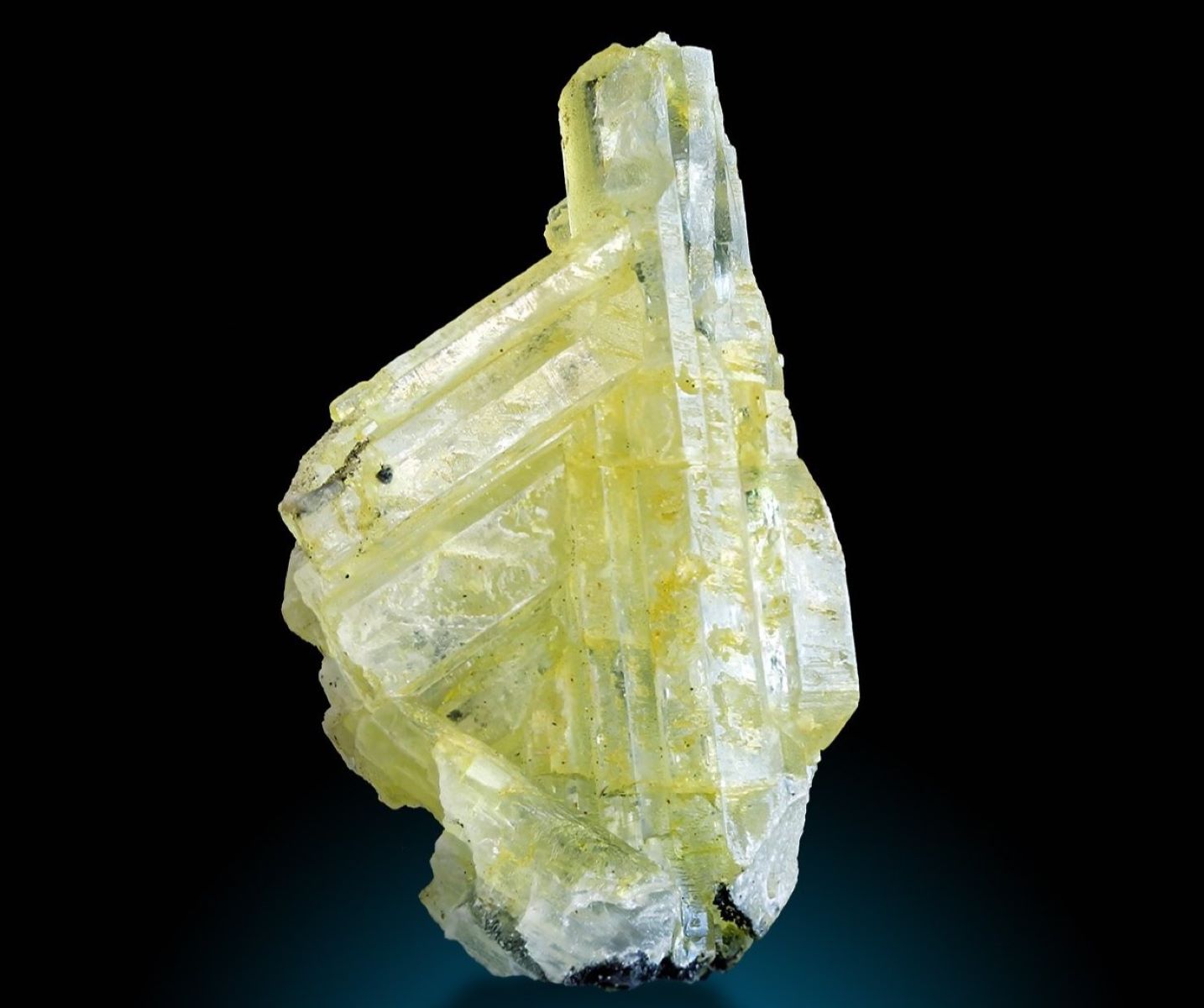
Soyuz 11 holds a significant place in space history. This mission, launched by the Soviet Union in 1971, aimed to dock with the world's first space station, Salyut 1. The crew of three cosmonauts—Georgi Dobrovolski, Viktor Patsayev, and Vladislav Volkov—successfully completed their mission, spending 23 days in space. However, tragedy struck during their return to Earth. A cabin depressurization led to the loss of all three crew members, marking the first human deaths in space. Despite this, Soyuz 11's achievements paved the way for future space exploration. Understanding Soyuz 11 provides insight into the challenges and triumphs of early space missions.
Key Takeaways:
- The Soyuz 11 mission in 1971 achieved historic milestones in space exploration, but ended tragically due to a fatal accident during re-entry, leading to significant changes in spacecraft safety protocols.
- Despite the tragedy, the Soyuz 11 mission's scientific contributions and the crew's bravery continue to inspire future space explorers, shaping the legacy of space exploration and safety standards.
The Soyuz 11 Mission
The Soyuz 11 mission holds a significant place in space exploration history. Launched by the Soviet Union in 1971, it aimed to dock with the world's first space station, Salyut 1. Here are some fascinating facts about this historic mission.
-
Soyuz 11 launched on June 6, 1971, from the Baikonur Cosmodrome in Kazakhstan.
-
The mission's primary goal was to dock with Salyut 1, the first space station ever placed in orbit.
-
The crew consisted of three cosmonauts: Georgi Dobrovolski, Viktor Patsayev, and Vladislav Volkov.
-
Soyuz 11 successfully docked with Salyut 1 on June 7, 1971, marking a significant achievement in space exploration.
-
The crew spent 23 days aboard Salyut 1, conducting various scientific experiments and observations.
The Crew and Their Achievements
The Soyuz 11 crew made several notable contributions during their mission. Their work aboard Salyut 1 provided valuable data for future space missions.
-
Georgi Dobrovolski was the mission commander, leading the crew with expertise and precision.
-
Viktor Patsayev operated the scientific instruments and conducted experiments in space.
-
Vladislav Volkov was responsible for the spacecraft's systems and maintenance.
-
The crew conducted experiments on the effects of prolonged weightlessness on the human body.
-
They also studied the behavior of various materials in microgravity, providing insights for future missions.
Challenges Faced During the Mission
Despite their achievements, the Soyuz 11 mission faced several challenges. These obstacles tested the crew's resilience and problem-solving skills.
-
The crew experienced technical difficulties with the spacecraft's systems, requiring quick thinking and problem-solving.
-
Communication with ground control was sometimes challenging due to signal interference.
-
The crew had to adapt to the confined space of the Soyuz 11 capsule and Salyut 1 station.
-
They faced the psychological challenges of isolation and confinement during their 23-day mission.
-
The mission's duration tested the limits of human endurance in space.
The Tragic End of Soyuz 11
The Soyuz 11 mission ended in tragedy, marking a somber chapter in space exploration history. The crew's return to Earth was marred by a fatal accident.
-
On June 30, 1971, Soyuz 11 undocked from Salyut 1 to return to Earth.
-
During re-entry, a cabin vent valve accidentally opened, causing the capsule to depressurize.
-
The crew was not wearing space suits, which were not deemed necessary for re-entry at the time.
-
The depressurization led to the deaths of all three crew members due to asphyxiation.
-
The tragedy highlighted the need for improved safety measures in space travel.
Legacy of the Soyuz 11 Mission
Despite the tragic end, the Soyuz 11 mission left a lasting legacy. The lessons learned from this mission have shaped the future of space exploration.
-
The mission's scientific experiments provided valuable data for future space missions.
-
The tragedy led to significant changes in spacecraft design and safety protocols.
-
Future Soyuz missions required cosmonauts to wear pressure suits during re-entry.
-
The mission highlighted the importance of redundancy and fail-safes in spacecraft systems.
-
Soyuz 11's legacy continues to influence space exploration and safety standards.
Honoring the Soyuz 11 Crew
The Soyuz 11 crew is remembered for their bravery and contributions to space exploration. Their sacrifice has not been forgotten.
-
Monuments and memorials have been erected in honor of the Soyuz 11 crew.
-
The crew members were posthumously awarded the Hero of the Soviet Union title.
-
Streets and schools in Russia have been named after the Soyuz 11 cosmonauts.
-
The mission is commemorated annually on June 30, the anniversary of the tragedy.
-
The crew's dedication and sacrifice continue to inspire future generations of space explorers.
Interesting Tidbits About Soyuz 11
Beyond the well-known facts, there are some lesser-known details about the Soyuz 11 mission that add depth to its story.
-
Soyuz 11 was the first mission to successfully dock with a space station and transfer crew.
-
The mission's scientific experiments included studies on plant growth in microgravity.
-
The crew took photographs of Earth from space, providing unique perspectives of our planet.
-
Soyuz 11's mission duration of 23 days set a record for the longest time spent in space at that time.
Final Thoughts on Soyuz 11
Soyuz 11's mission remains a significant chapter in space exploration. The crew's tragic end highlighted the risks astronauts face, leading to crucial safety improvements. Their bravery paved the way for future missions, ensuring better protection for those who follow. The lessons learned from Soyuz 11 continue to influence space travel, reminding us of the delicate balance between ambition and safety. This mission's legacy lives on, inspiring new generations of explorers. Remembering Soyuz 11 honors the crew's sacrifice and underscores the importance of continuous advancements in space technology. Their story is a testament to human resilience and the relentless pursuit of knowledge. As we look to the stars, Soyuz 11's impact remains a guiding light, shaping the future of space exploration.
Frequently Asked Questions
Was this page helpful?
Our commitment to delivering trustworthy and engaging content is at the heart of what we do. Each fact on our site is contributed by real users like you, bringing a wealth of diverse insights and information. To ensure the highest standards of accuracy and reliability, our dedicated editors meticulously review each submission. This process guarantees that the facts we share are not only fascinating but also credible. Trust in our commitment to quality and authenticity as you explore and learn with us.


